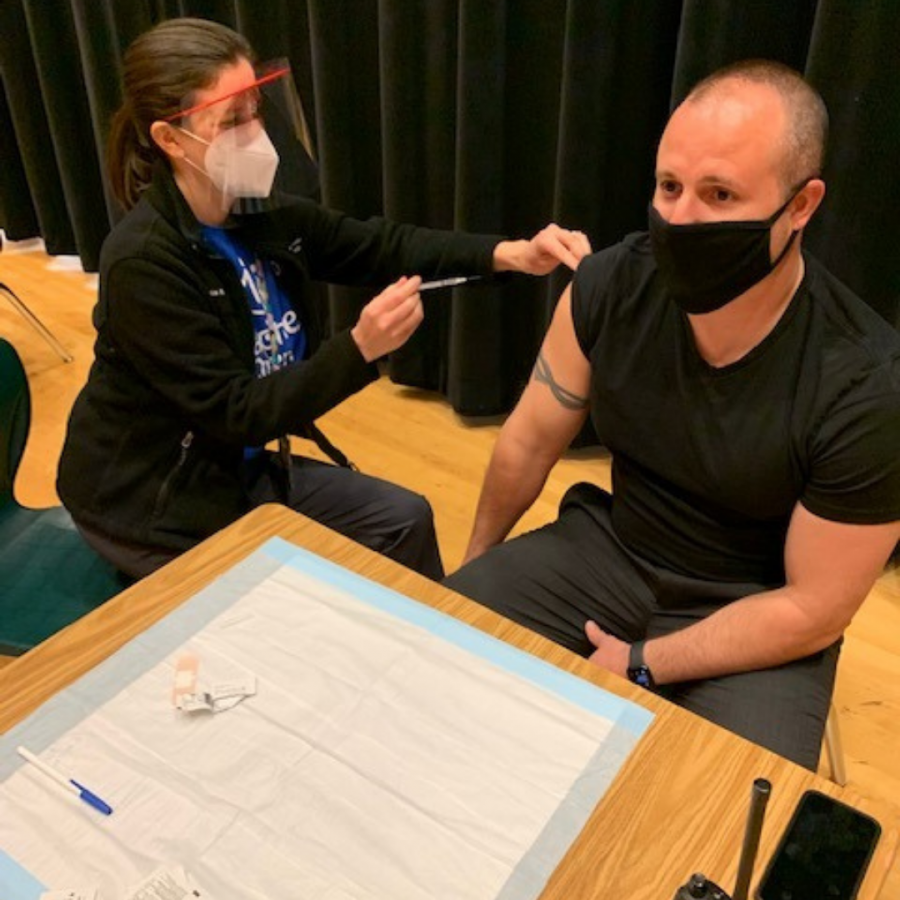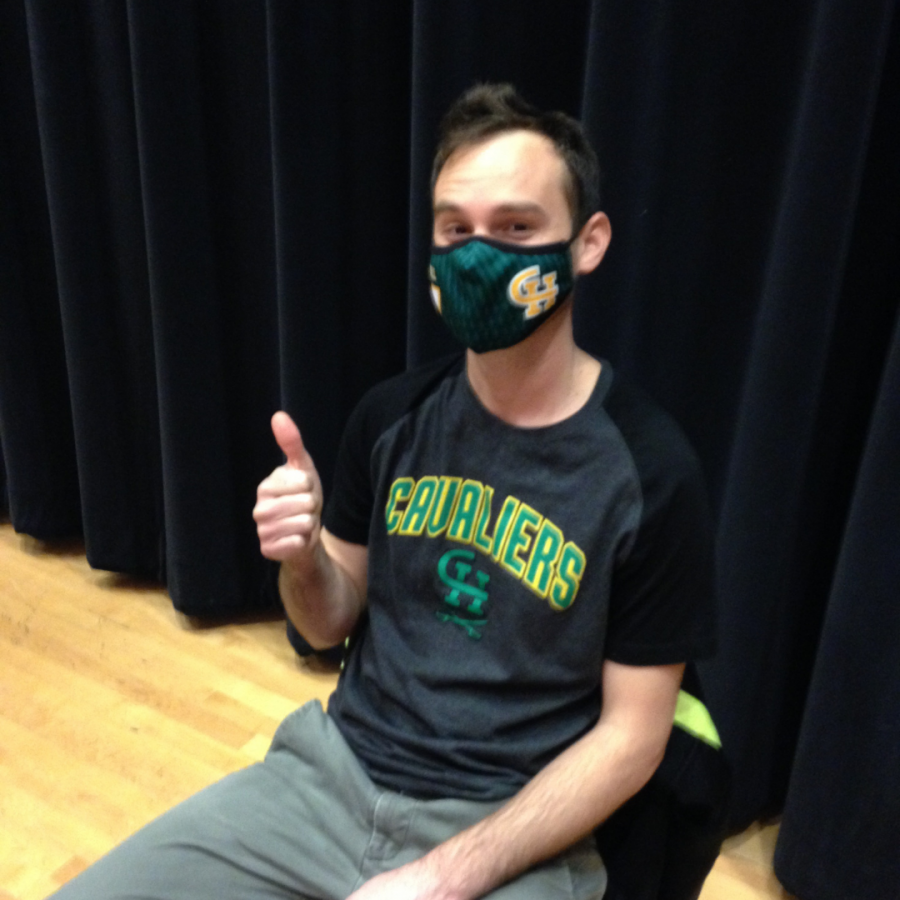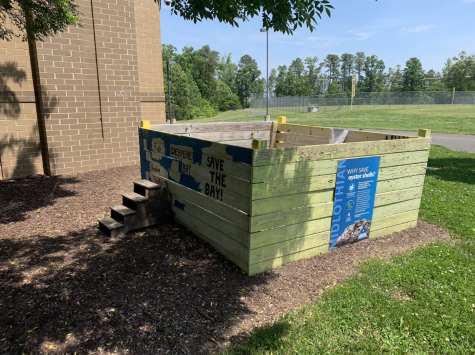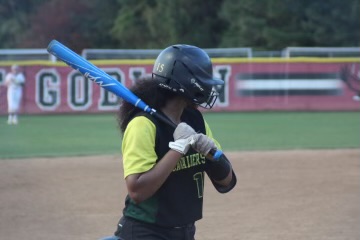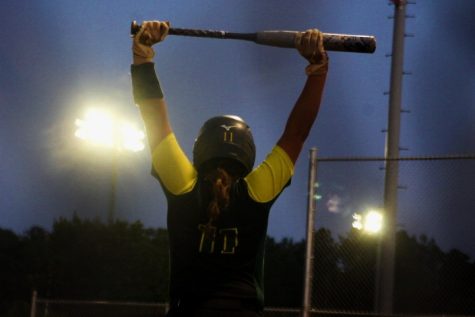COVID-19 vaccines give hope for better public health
On Dec. 11, 2020, the U.S. Food and Drug Administration issued the first emergency use authorization (EUA) for a Pfizer-BioNTech COVID-19 prevention vaccine for individuals ages 16 and above. Soon after the Pfizer vaccine, the American pharmaceutical Moderna’s version was authorized for people ages 18 and above.
Since these monumental steps towards ending the pandemic, doctors and other health care providers took the shot at twenty-one and twenty-eight day intervals (depending upon the dose type).
As stated by the Virginia Department of Health, Virginia received an estimated total of 480,000 doses of COVID-19 vaccine from both manufacturers by the end of Dec. 2020. This initial distribution went to 480,000 of the estimated 500,000 health care personnel (HCP) and long-term care facility residents (LTCF) of VA as part of Phase 1A.
The Centers for Disease Control and Prevention’s (CDC) Advisory Committee on Immunization Practices’ (ACIP) voted on Dec. 1, 2020, to formally recommend these two groups of individuals nationwide as top priorities for the vaccine due to the HCP needing to care for people with COVID-19 and the LTCF residents having high rates of underlying medical conditions in a crowded environment at an older age.
According to the Richmond Times Dispatch, the Virginia Department of Health (VDH) announced that COVID-19 vaccines will begin to be given to the teachers and school staff of Chesterfield County between Jan. 21 and Feb. 4; however, due to recent supply issues: less than 1,000 of the 8,000 doses requested were sent, most Chesterfield’s schooling staff’s vaccinations have been delayed an unpredictable time.
Vaccination for teachers is part of the VDH COVID-19 Vaccine Phase 1B. Phase 1B additionally consists of frontline essential workers,–such as the police, grocery store workers, mail carriers, and corrections and homeless shelter workers–people ages 65 and older, and people ages 16-64 with an underlying medical condition.
Based on mayoclinic.org, both types of vaccines use messenger RNA to give cells instructions on how to make a harmless piece of S protein, which is usually on the surface of coronaviruses. After one’s cells make these protein pieces and display them, his/her immune system recognizes the misplacement of the protein and starts to produce antibodies against the virus.
The benefits of the vaccine’s production of antibodies include preventing vaccinated individuals from getting COVID-19 or protecting them from getting serious complications if they do get it. However, the vaccine’s downsides include its side effects, which can last one to two days after receiving each dose. These effects can include pain or swelling at the injection site, fever, fatigue, headache, muscle pain, chills, and joint pain, which are common side effects for most vaccines, such as the meningitis and seasonal flu vaccines. Individuals getting the shot are monitored fifteen minutes after getting it to determine any immediate reactions, such as allergic reactions.
Another positive but indirect effect of the vaccine includes economic growth for the global economy due to the capability for businesses to reopen, but not all at once because the more developed and wealthy countries, like the U.S., have the advantage of having more access to the limited vaccine, which there will not be enough of to cover the world’s population until 2024, according to the Duke Global Health Innovation Center.
Based on the Wall Street Journal, the U.S. unemployment rate hit a peak of 14.7% in Mar. 2020 and could possibly return to the 3.5% seen in Feb. 2020 by the middle of 2021 because of the vaccine.
However, even with the vaccine allowing closed industries to reopen and people to develop protection against the COVID-19 virus, only 94.1% to 95% of the people who get the second dose of the vaccine are truly protected from the virus. Meaning, regular precautions must continue to be taken. It is still recommended that vaccinated individuals avoid close contact (6 feet distance), wear masks or N95 respirators for doctors, and practice good hygiene.
The coronavirus vaccines are seen by many as a great start to ending the terrible pandemic that killed over a million individuals. However, the real end to this virus, in need of many more advancements, is still something for the further future.
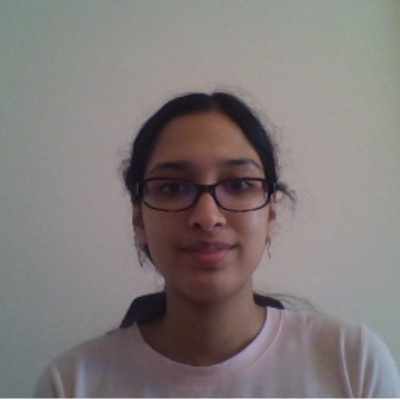
Now a senior at Clover Hill High School, it is Ayathi’s third year working for the Chronicle, her first year as an editor-in-chief, and second year as...


